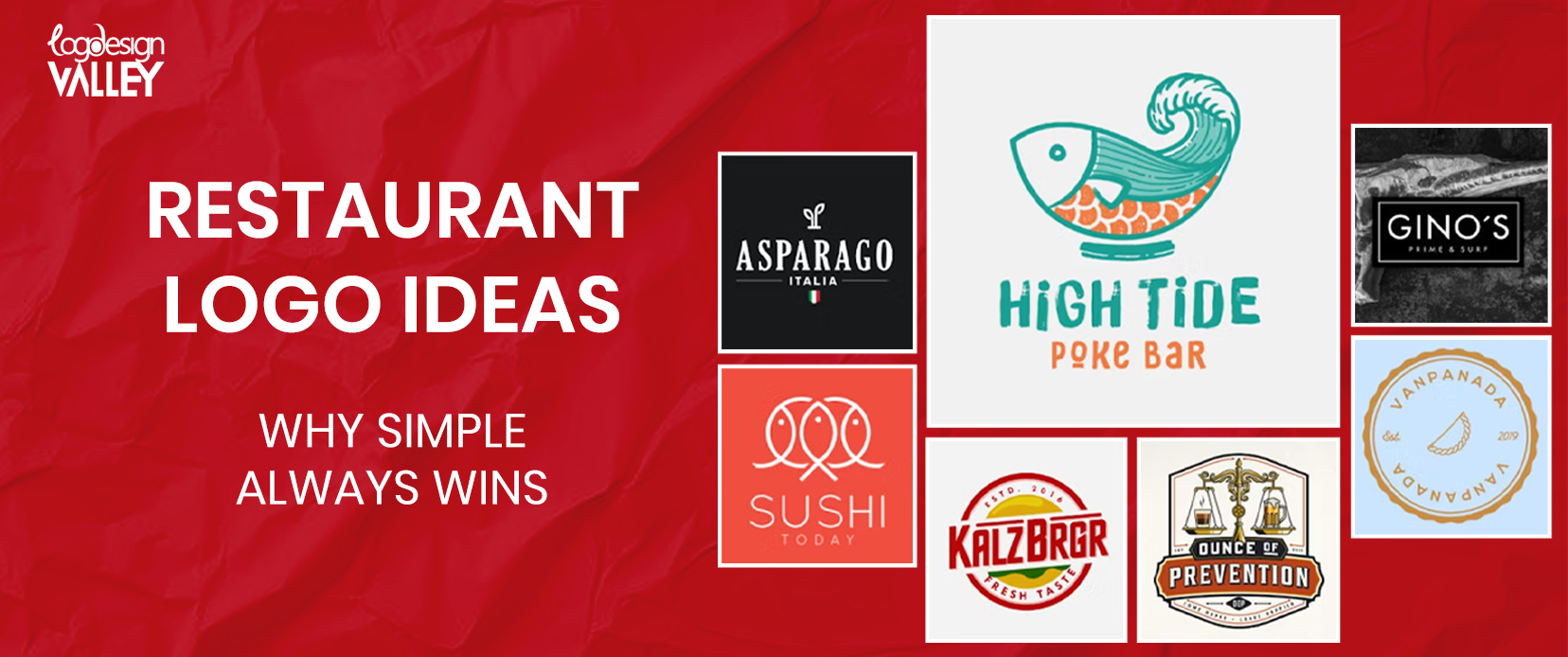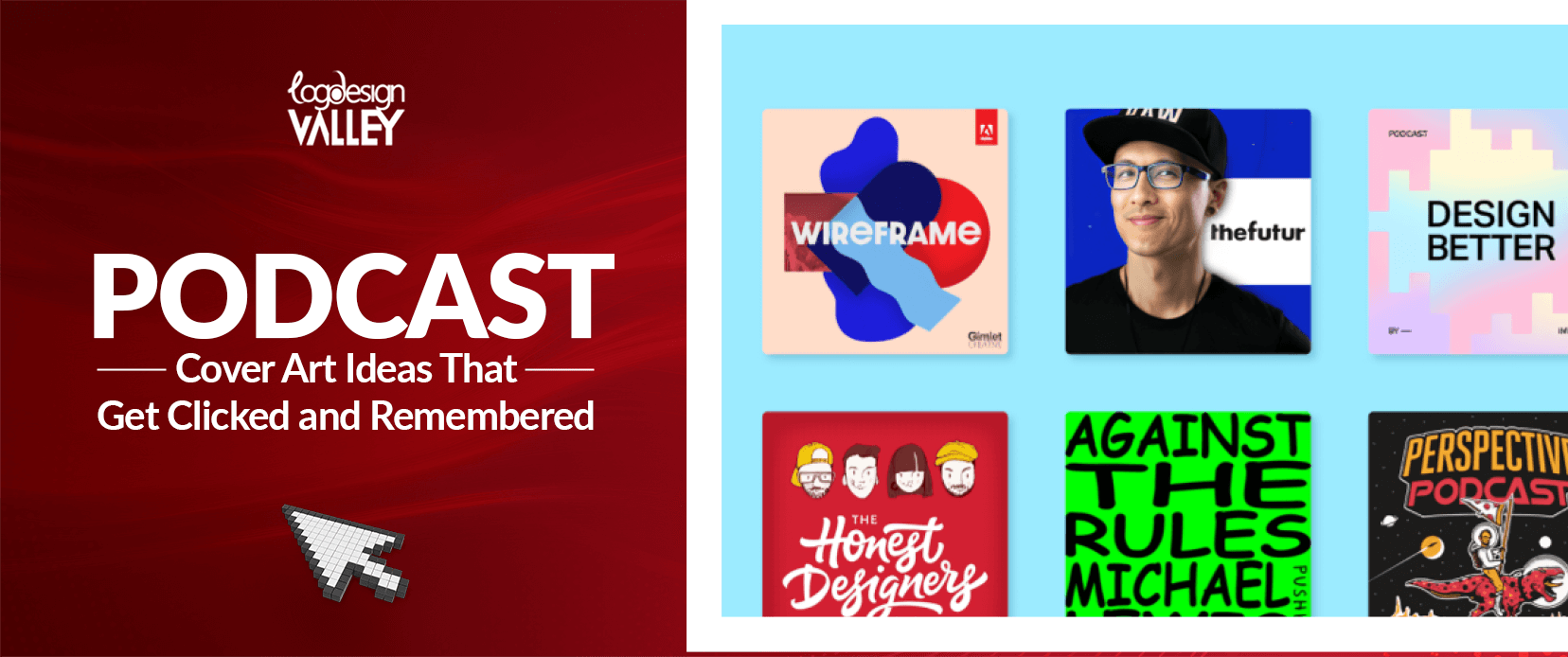Startups and enterprises must brand their businesses to enhance their image and boost revenue. Although branding has a broader meaning, it begins with a logo design representing the business and attracting potential customers. Creating a memorable logo that appeals to the intended audience while being impactful and recognizable is essential. However, due to capital restraints, many startups cannot afford professional logo designers or logo design companies. Hence, businesses are unable to add value to their logos as they don’t know the basic principles.
Basic Principles of Logo Design
Everything begins with knowing the do’s and don’ts, so businesses must understand the basic principles of logo design. The importance of these principles further signifies as the brand’s image is at stake. What are the 7 principles of logo design? The 7 principles of logo design are uniqueness, simplicity, relevance, persistence, adaptability, scalability, and memorability.

1. Uniqueness
The logo must be unique and distinct in its design as well as appeal. You need fresh ideas to create novel designs, dropping the generic norms of the brand logos in your industry. It must click to the audience while staying prominent and different from the others.
2. Simplicity
The logo must be simple yet modern, with less text, colors, and other design elements. Businesses need to evaluate what to put in a logo and what to leave aside. It must adopt a simple layout that stays vibrant with or without the brand name or even colors.
3. Relevance
The symbol needs a relevant appearance that resonates with the intended audience. It isn’t necessary to embed the items most used in the industry; instead, we can use relative elements. Research the audience to incorporate the features most relevant to them.
4. Persistence
When we say modern, it doesn’t mean following trends and fads. The logo must stay timeless in its endurance, with the capacity to last for ages and generations to come. Trends rise and fade with time, but the logo must stay persistent and indifferent to changes.
5. Adaptability
As we all know, brands must put up their logo on different mediums and be adaptable. It must go well with any size on any surface with any background and context. The logo empowers every kind of branding and promotion campaign of the brand.
6. Scalability
Businesses try to expand and grow to newer markets and regions worldwide. A logo that works well for every market segment is the most likely to succeed. You must create a logo acceptable to a worldwide audience with diverse ethnic and cultural backgrounds.
7. Memorability
It is crucial for a logo to be memorable for easier recognition and recall. It is critical to a brand symbol, as all other principles also highlight this factor. The logo must inherit the most memorable components in its design.
Key Factors in an Impactful and Recognizable Design
There is no need to follow a step-by-step approach to create a memorable logo. It is crucial to consider the key factors of an impactful and recognizable design. You may select them according to the visual taste and relevance with the intended audience. The following discussion on the key factors will help incorporate memorability in a logo while adding impact and recognition.
1. Appealing Visuals

The audience is looking for a solution that meets their needs, and that’s why your business exists or is feasible. As a designer, one must evaluate those needs and analyze what the audience expects from a brand. Once you have that in mind, begin picturizing the resolution to their quest to grab their attention. Incorporate appealing visuals to guide the audience through the logo to interact with the brand and benefit from its offerings. Consider custom soccer logos, for example.
Custom Soccer Logos
2. Differentiation

Logos that reflect the basic tools and utensils of their business or industry are generic and poor. A business must adopt a distinct design approach to develop a sign or symbol that tells something distinctive. It is like highlighting the business’s unique selling point by aligning it with the consumers’ expectations and interests. Adding distinction to a simple logo might seem challenging but consider reading about the famous Nike logo and Puma Logo. None of them display a shoe or clothing item for reference, but they make a unique design with a solo feature.
Nike Swoosh and Puma Logo
3. Colors are Good but Optional
Adding colors to a logo must be the last thing to do, as they have meanings and emotions attached. Already running businesses that have established a mark of their brand color can focus it more than other elements. However, startups and enterprises branding their services must understand that colors are good but optional. By good, we mean they quickly grab the attention but are optional because it’s not the only thing to do. The logo must deliver the brand’s message to its audience, so colors make it difficult due to different cultural meanings.
4. Fonts and Styling
The typeface of the text in a logo requires more effort than it seems. Cursive and round font styles appear amusing but sometimes make it difficult for viewers to read. Plain and bold text is elegant, but it has the least amusement. Research your target audience and segments before deciding on the font for the logo. Likewise, styling your font with shadows and glow makes it more prominent, but overdoing it may result in distortion or clustering.
5. The Type of Logo

There are many types of logo designs according to appeal and design elements. Moreover, you can also classify logos as luxury, medical, educational, or non-profit. It is essential to study the impact and purpose of each type of logo to decide which one best suits your business. Review the ethos pathos logos and seven types of logo design to clarify how to use them. Also, study the debate over logotype vs logomark to gain a better perspective. Review the medical logos like the NATA logo with a caduceus and NYC Health and Hospitals logo with a plus.
NATA Logo and NYC Health and Hospitals Logo
6. Creativity Amuses
Creative design demands adding a twist that aesthetically pleases the viewers and gains their attention. A simple replacement of a letter with an icon or creative use of negative space might do it. Adding a line, shape, image, or symbol with an intended hint or clue pays back more than anything. It helps you gain respect by positively altering the viewer’s mood and encouraging them to engage. For instance, think about the arrow shape in the FedEx Logo or the Amazon Smile sign.
7. It Must Convey the Message
Imagine a catchy, pleasant, and engaging design that has a vague message or doesn’t has any. Add relevance by portraying the brand message in the logo to attain audience consent and business objectives. A logo that doesn’t comply with the brand’s message might confuse the audience and lead to financial or reputation loss. Craft a design that delivers the message in the right tone with a clear meaning, reflecting your brand persona.
8. Experiment with Layout
You may experiment with your designs and push the boundaries, as creativity doesn’t stop you. Add new shapes, general objects, or abstract images per your brand’s needs and audiences’ visual tastes. Try different iterations in the logo layout by adding shadows, hue, texture, border, or background. Comply with the logo design principles by keeping the logo modern and simplistic.
9. Avoid Clustering

Refrain from too much of anything that loses the audience’s interest or confuses them in getting the message. Overuse of text, images, shapes, or colors will cost your brand recognition and revenue, as the audience will hardly remember them. What perfectly defines clustering is the struggle to find clothes among a pile of unfolded apparel. Maintain the balance and ratio of logo features to enhance the overall appearance without clustering. See the Walmart Logo images.
Walmart Logo at Walmart Store and Walmart Grocery Bags
10. Imagine It Everywhere
Imagine the gigantic logo on your office building and your stationery on a minute scale. Now imagine the same for your website, products, and assets. If it goes well with everything and every background, you have done an excellent job. A logo needs to be adaptable and flexible for every medium and campaign. If it doesn’t fit, modify it and create variations until it gains adaptability.
Conclusion
Free logo designs with generic layouts hold no value, so consider hiring a logo design service. If that’s impossible, design it by following the key aspects of impact and recognition. The key factors will help create a memorable logo design to engage your audience, generate more leads, and convert them. Brand or rebrand your startups or enterprises for business growth by following our logo design blogs for more insights.






